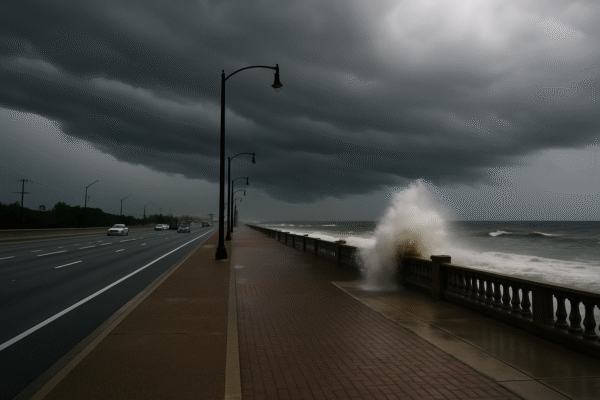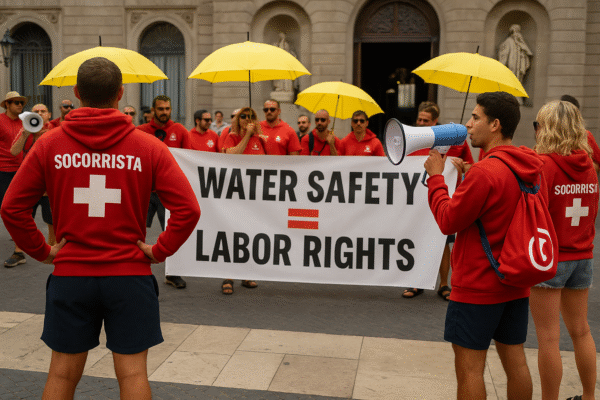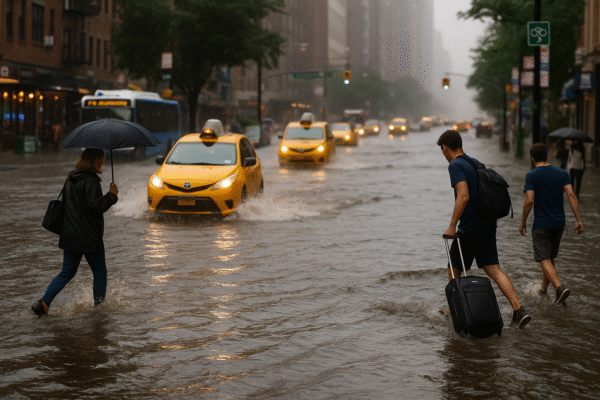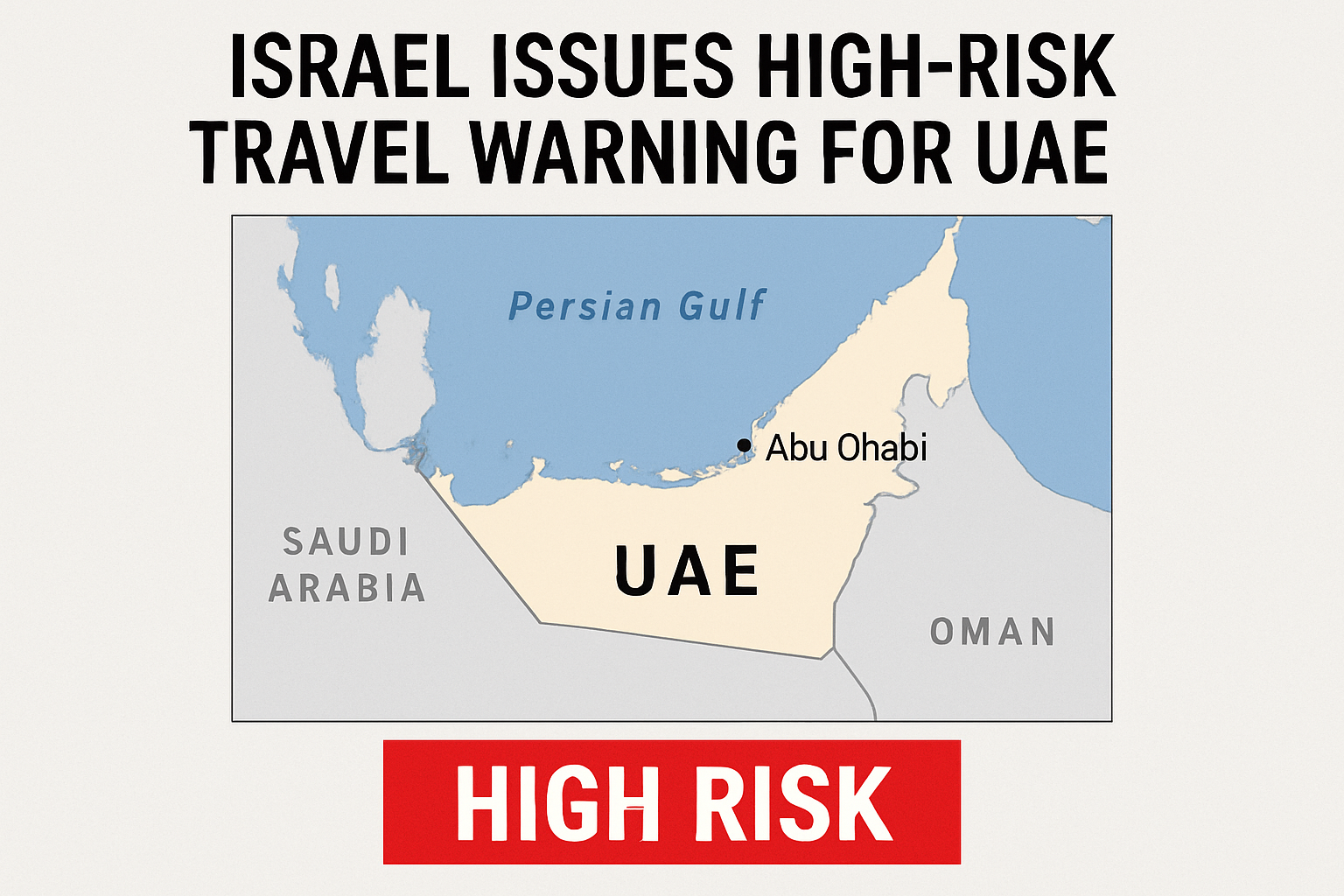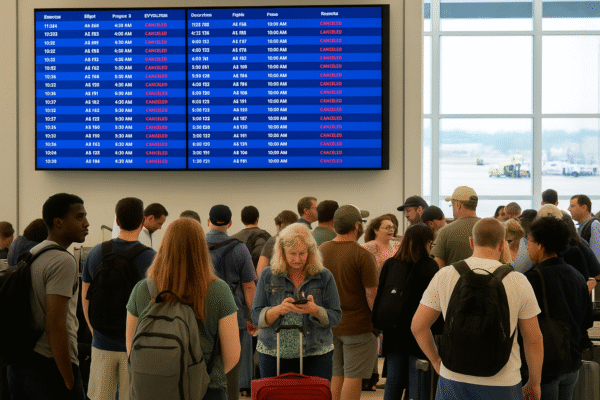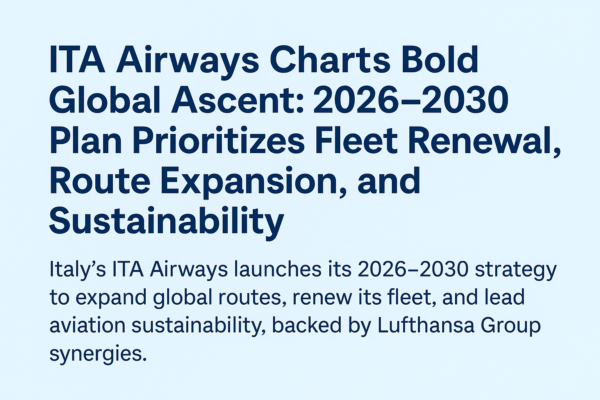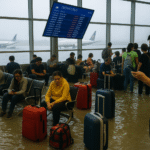As the 2025 Atlantic hurricane season intensifies, major tourist-friendly coastal states—including Florida, Texas, Louisiana, Georgia, and South Carolina—are bracing for potentially disruptive storms in the coming weeks. Although the season began quietly in June, recent developments suggest that the calm is giving way to heightened activity that could directly affect tourism, travel infrastructure, and local economies across the southeastern United States.
A Slow Start, But Not a Safe One
According to the National Oceanic and Atmospheric Administration (NOAA), the majority of Atlantic hurricanes form after August 1. This year follows that familiar pattern. While June and early July were relatively peaceful, the emergence of Tropical Storm Chantal in early July was a stark reminder that hurricane season can escalate quickly. Chantal brought destructive rainfall and flooding to South Carolina and North Carolina, causing millions in damages and claiming lives—despite not reaching hurricane status.
Impact on Coastal Tourism
Coastal tourism plays a significant role in the economies of states like Florida, South Carolina, and Texas. In Florida alone, tourism contributes over $100 billion annually to the state’s GDP. South Carolina’s tourism industry supports approximately one in every 10 jobs. With hurricane season now in full swing, tourism departments are on high alert, especially as bookings increase during late summer travel peaks.
Many destinations across these five coastal states are experiencing concerns over flight cancellations, beach closures, and disruptions to hospitality services. Travel planners and local tourism boards have issued advisories encouraging visitors to stay informed and flexible with their travel dates and insurance coverage.
Forecasts Show Increasing Storm Activity
Experts from Colorado State University and NOAA project a total of 18 named storms this year, including up to 10 hurricanes and as many as 5 major hurricanes (Category 3 or higher). A combination of rising Atlantic sea surface temperatures and the re-emergence of the La Niña weather pattern is expected to create ideal conditions for tropical storm development through October.
According to NOAA’s Climate Prediction Center, the Atlantic is experiencing temperatures nearly 1°C above average—enough to fuel strong and rapid storm development. These environmental factors have historically produced destructive hurricanes such as Katrina (2005), Harvey (2017), and Ian (2022), all of which severely impacted tourism sectors and led to long-term rebuilding efforts.
Florida: Watching and Waiting
While Florida has not yet experienced a landfall this year, meteorologists warn that its extensive coastline makes it highly vulnerable. Miami, Tampa Bay, and the Florida Keys are all under close observation, as warming waters in the Caribbean Sea and Gulf of Mexico suggest conditions ripe for cyclonic development. Florida tourism officials are urging travelers to monitor weather forecasts regularly and consider refundable accommodations.
South Carolina: Already Affected
South Carolina saw early season impacts when Chantal made landfall near Charleston. Despite not being a hurricane, the storm brought coastal flooding, power outages, and road closures. Charleston’s popular waterfront and historic districts temporarily shut down due to flash flooding and beach erosion, affecting local tourism businesses and event organizers.
Texas and Louisiana: Preparing for the Peak
Texas and Louisiana, which share long Gulf Coastlines, are also on high alert. While neither state has faced landfall so far, historical patterns indicate that late August and September are peak times for strong hurricanes in this region. Local emergency services have begun readiness drills, and travel advisories have been posted on official state tourism websites.
Houston, Galveston, and New Orleans remain top tourist destinations and are particularly vulnerable due to low elevation and dense population. Past hurricanes like Harvey (2017) and Ida (2021) caused billions in damage and widespread travel disruptions, highlighting the importance of early preparedness.
Travel Tips for Tourists and Local Residents
The U.S. Department of Homeland Security recommends all coastal residents and visitors prepare a basic hurricane kit, including bottled water, non-perishable food, medications, flashlights, batteries, and important documents. Travelers should also:
- Monitor the National Hurricane Center website for real-time storm updates.
- Opt for flexible booking options and consider travel insurance.
- Keep gas tanks full in case of evacuation.
- Sign up for local weather alerts via state emergency management apps.
Environmental Cycles Fueling the Season
In addition to La Niña and warm ocean temperatures, meteorologists are closely monitoring the Madden-Julian Oscillation (MJO)—a tropical disturbance pattern that influences storm formation. The MJO is currently entering a phase that favors increased cyclonic activity in the Atlantic, further supporting forecasts of an active late season.
A Look at the Past, A Warning for the Future
The lessons from past storms are clear: even tropical storms, not just major hurricanes, can severely affect lives, travel plans, and local economies. Hurricane Beryl in June 2024, one of the earliest Category 5 storms on record, and Hurricane Ida’s impact in 2021 serve as critical reminders of how quickly conditions can change.
Final Thoughts: Stay Informed, Stay Ready
Tourism-dependent states like Florida, Georgia, South Carolina, Texas, and Louisiana must remain vigilant. As the heart of the 2025 Atlantic hurricane season approaches, both tourists and locals are urged to prioritize safety and preparation.
The quiet start is over. The most dangerous months lie ahead. Coastal tourism could still flourish, but only if everyone stays alert, informed, and ready to act.
For more travel news like this, keep reading Global Travel Wire




